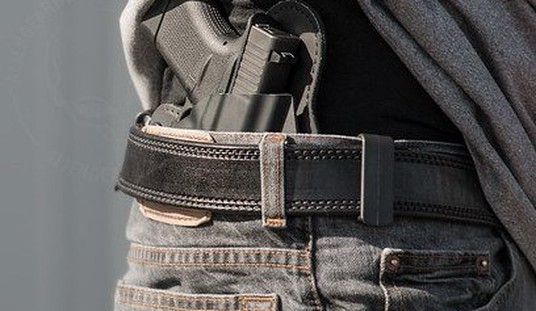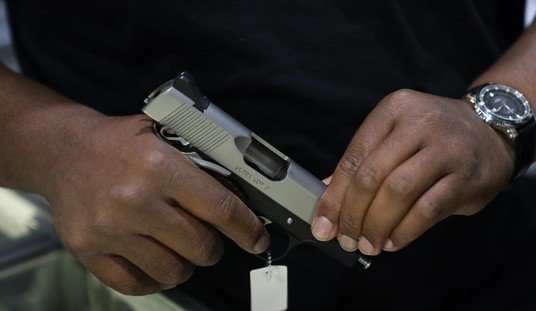
Editor’s Note: This article originally appeared on Guns.com.
When selecting a holster for concealed carry, there are usually several options to choose from in order to customize a holster to one’s liking. While options like color and cant are more obvious choices, choosing between plastic belt clips or metal belt clips might be more difficult to decide. In the grand scheme of concealed carry, which style of belt clip is better?
PLASTIC BELT CLIPS
There are two styles of plastic belt clips for holsters – kydex or injection molded – and the design of the holster plays a part on which a company chooses. Though Kydex is known for its rigidity and durability due to its thermoplastic acrylic-poluvinyl construction, it can be pricier than the injection molded alternative. Injection molding involves a blend of molten materials (usually nylon, polymer and sometimes carbon fiber) which makes the process faster and often less expensive; but the tradeoff is less durability over time.
Plastic has won the hearts of many concealed carriers for its lightweight nature and ease. Plastic is often easier to manipulate onto the belt line, offering less resistance. Additionally, plastic belt clips are less likely to snag and tear clothes since they provide a smoother and more rounded design.
Manufacturers may choose to provide various plastic belt clip styles to help concealed carriers achieve certain looks – like a tucked-in shirt — with less printing from the holster itself.
METAL BELT CLIPS
Metal belt clips bring strength and durability to the table. Metal is a less weak material meaning that it tends to hold up long-term to the abuses of concealed carry. Due to its innate strength, it tends to be heavier on the belt line but can also withstand the rigors of larger guns.
More difficult to manipulate due to little pliability, metal belt clips can sometimes be a struggle to get onto the belt itself; but once in place, metal tends to stay put without the fear or wear and tear on the clip itself. Despite its rugged approach, metal’s biggest downfall is that it is often rough on clothing. Tears and holes in outer garments are a common complaint for concealed carriers who opt for metal belt clips.
Metal clips tend to be more straight forward in their design, offering a traditional clip that slips over the top of the belt.
HEAD TO HEAD: PLASTIC VS METAL
In the war between plastic and metal, long-term benefits and the regularity in which users check their gear are primary topics to consider. Long-term, metal wins in the fight. It’s rigid design and inherent material strength, give it the upper hand in terms of longevity. Metal takes more time to show signs of wear and tear and is less likely to break due to repeated use. Plastic, on the other hand, has an expiration date and depending on how the manufacturer approaches the clips that expiration date might come sooner. Though plastic is easier to manipulate onto the belt than metal, it requires users to replace it more often than metal, meaning more out of pocket costs to the consumer long term.
Additionally, users who tend to buy gear and never check it, would be better suited for metal. With less points of failure, it will require less maintenance than plastic. That being said, it is highly recommended and encouraged to check gear on a daily basis to ensure that no parts of a holster are showing signs of serious wear, tear or failure
Plastic does win points for ease of use. Its less rigid design means that it can be easily manipulated onto the belt and can also offer options like J-Clips and C-Clips. Plastic also doesn’t tend to wear holes in clothes the same way that metal does.
Ultimately, though, metal’s tough build and propensity for durability over greater lengths of time and repeated use make it the more solid option for concealed carry.
FINAL THOUGHTS
Though we recommend metal belt clips for their rigidity and long-term capabilities, it’s up to users to decide what means is best for their lifestyle and their holster. It’s important to remember that regardless of what style you choose out of these two options, it’s imperative to routinely check gear for signs of wear and tear and replace parts as needed.








Join the conversation as a VIP Member